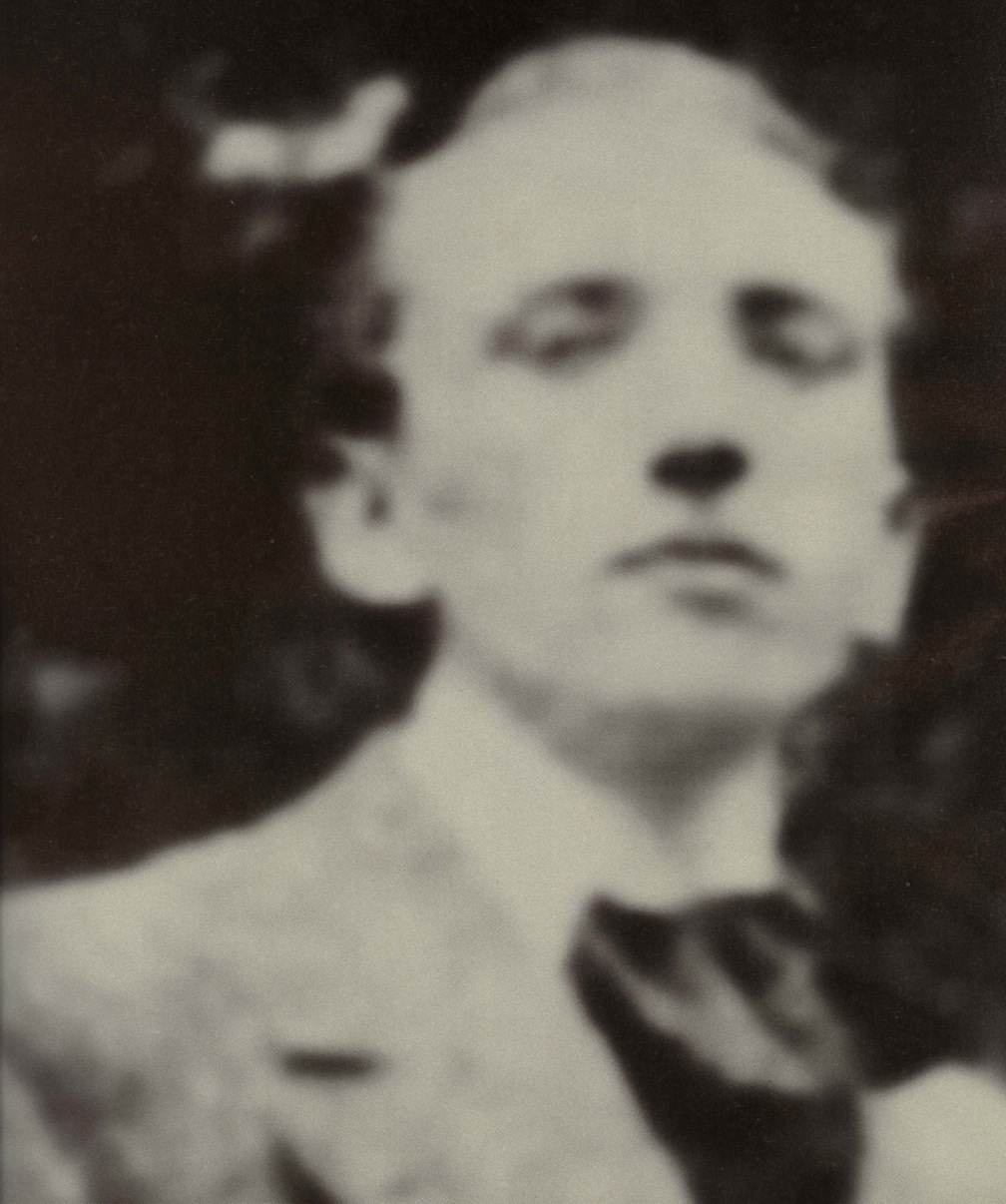
______________
1.
My speech is a warning that at this very moment death is loose in the world, that it has suddenly appeared between me, as I speak, and the being I address: it is there between us as the distance that separates us, but this distance is also what prevents us from being separated, because it contains the condition for all understanding. Death alone allows me to grasp what I want to attain; it exists in words as the only way they can have meaning. Without death, everything would sink into absurdity and nothingness. (Blanchot, The Work of Fire, 323-24)
____________
2. In brief
‘Little is known about Maurice Blanchot except that he wrote an odd style of fiction. His novels are not really novels, his stories barely stories. His prose is very French in that it can be almost mathematical, yet it simultaneously evokes the most intense feelings of loss, misunderstanding, joy, and death. Just as the Marquis de Sade calmly and carefully enumerated the most horrific details of elaborate tortures, Blanchot carefully flushes out the minutiae of psycho-emotional existence.
‘While central in de Sade, the flesh is conspicuously absent from Blanchot’s short and pithy tales, or “rÈcits,” as he called them. His books are virtually bereft of physical descriptions; the reader rarely knows the appearance of a character, the color of the room, the smells that linger. Rather, Blanchot concentrates on the effects — always multiple, never predictable — of people living, sometimes interacting with each other, often alone.
‘While Blanchot’s books don’t seem to involve much action, in fact they contain nothing but movement. Every moment, every glance, every mutter sends ripples throughout a situation: the repercussions of a whisper are known in the heavens. The sun setting, a knock on a door, the way a wave falls on the beach — in these stories, the most subtle machinations of the world are intensely experienced. Classical motivation and typical plot-drivers are absent in Blanchot’s works, and in their place we find pure event; Blanchot wrote in a realm where bodies are secondary to the things that happen to them.
‘And the greatest thing that can happen to bodies, at least according to Blanchot, is death. Death lingers in his nouns, is carried by his verbs, can be found lurking in his commas and periods and parentheses. His books are ghostly — neither dead nor alive, neither bodily nor heavenly.’ — artandculture.com
_____________
____________
3. My two cents
‘If you put a gun to my head — not that you would — and asked me whom I’d consider the greatest writer of the 20th century — not that asking my opinion is worth risking a police encounter — I’d say, ‘Put the gun down. Maurice Blanchot.’ He’s my favorite fiction writer and my favorite writer of what some people call philosophy and others tag as language theory. Death Sentence is my favorite novel of all time. To me, Blanchot is to the written text as Bresson is to the captured image, which is to say not so much the greatest at his chosen medium — obviously a ridiculous proposition — as he is an artist as singular, ruthless, pure, and infested with belief in the abilities of language as anyone who has ever tried their hand at writing. He might also be the writer who most warrants the words ‘not everyone’s cup of tea.’ Many find his work impossibly dense and cold. To quote from his unusually excellent Wikipedia entry, ‘It is difficult yet imperative to note the particular experience of reading Blanchot: his grip on the reader and his ability to mix anguish, philosophical thought, an imagination of death, and a narrative where everything seems to almost happen is often particularly discomforting.’ To me, his work’s ‘discomfort’ is the formula for ecstacy. His work is one of the impossibly high standards against which I try to assess my own writing, which leaves me perpetually unsatisfied and disappointed with my efforts, which in turn causes me to keep working hard for whatever good it does.’ — DC, ’06
______________

Maurice Blanchot’s house
____________
4. Resources
Maurice Blanchot: ReadySteadyBook Site
Espace Maurice Blanchot
Maurice Blanchot et ses contemporains
Maurice Blanchot and the events of May 1968
Maurice Blanchot @ Studio Cleo
Maurice Blanchot : The Infinite Conversation : The Absent Voice
Maurice Blanchot’s obituary @ The Guardian
Jean-Luc Nancy on Maurice Blanchot
Etat Present: Maurice Blanchot
Maurice Blanchot: A Meta-Poetic View
Maurice Blanchot, The Absent Voice
_____________
____________
5. from Death Sentence
She had fallen asleep, her face wet with tears. Far from being spoiled by it, her youth seemed dazzling: only the very young and healthy can bear such a flood of tears that way; her youth made such an extraordinary impression on me that I completely forgot her illness, her awakening and the danger she was still in. A little later, however, her expression changed. Almost under my eyes, the tears had dried and the tear stains had disappeared; she became severe, and her slightly raised lips showed the contraction of her jaw and her tightly clenched teeth, and gave her a rather mean and suspicious look: her hand moved in mine to free itself, I wanted to release it, but she seized me again right away with a savage quickness in which there was nothing human. When the nurse came to talk to me–in a low voice and about nothing important–J. immediately awoke and said in a cold way, “I have my secrets with her too.” She went back to sleep at once.
…As I listened without pause to her slight breathing, faced by the silence of the night, I felt extremely helpless and miserable just because of the miracle that I had brought about. Then for the first time, I had a thought that came back to me later and in the end won out. While I was still in that state of mind–it must have been about three o’clock–J. woke up without moving at all–that is, she looked at me. That look was very human: I don’t mean affectionate or kind, since it was neither; but it wasn’t cold or marked by the forces of this night. It seemed to understand me profoundly; that is why I found it terribly friendly, though it was at the same time terribly sad. “Well,” she said, “you’ve made a fine mess of things.” She looked at me again without smiling at all, as she might have smiled, as I afterwards hoped she had, but I think my expression did not invite a smile. Besides, that look did not last very long.
Even though her eyelids were lowered, I am convinced that from then on she lay awake; she lay awake because the danger was too great, or for some other reason; but she purposefully kept herself at the edge of consciousness, manifesting a calm, and an alertness in that calm, that was very unlike her tension of a short time before. What proved to me that she was not asleep–though she was unaware of what went on around her because something else held her interest–was that a little later she remembered what had happened nearly an hour before: the nurse, not sure whether or not she was asleep, had leaned over her and suggested she have another shot, a suggestion which she did not seem to be at all aware of. But a little later she said to the nurse, “No, no shot this evening,” and repeated insistently, “No more shots.” Words, which I have all the time in the world to remember now. Then she turned slightly towards the nurse and said in a tranquil tone, “Now then, take a good look at death,” and pointed her finger at me. She said this in a very tranquil and almost friendly way, but without smiling.
____________
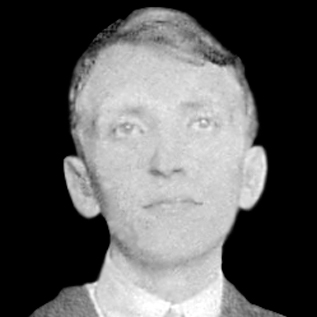
______________
6. Regards from the high and mighty
 LYDIA DAVIS: ‘I wanted to meet Blanchot very much. I felt a very close connection to him, and he wrote me very flattering, very humble letters, in terms of the leeway I had with translating his work. -These are your works, these translations are yours to make,- and so on. Part of that was just French formality and politeness. But part of it, in his case, was really genuine. So I felt this connection with him, but he really never saw anyone anymore, not even people who had known him for decades. But I thought he might make an exception just because I’d been translating his work. So I wrote him a note when I was going to Paris, saying I would be there on such-and-such a day and was staying at this hotel, and wanted to call him. I said I knew he rarely met anybody, but was hoping he would make an exception and so on. And I wrote it in plenty of time. But I went there and didn’t hear anything from him and went back to England where I was staying. And once I was safely back in England, I received a letter from him there, saying that he was sorry, but he never met anybody. But I was amused at the way he carefully made sure it all stayed on English territory, and not in Paris. But I’m quite sympathetic to that.’
LYDIA DAVIS: ‘I wanted to meet Blanchot very much. I felt a very close connection to him, and he wrote me very flattering, very humble letters, in terms of the leeway I had with translating his work. -These are your works, these translations are yours to make,- and so on. Part of that was just French formality and politeness. But part of it, in his case, was really genuine. So I felt this connection with him, but he really never saw anyone anymore, not even people who had known him for decades. But I thought he might make an exception just because I’d been translating his work. So I wrote him a note when I was going to Paris, saying I would be there on such-and-such a day and was staying at this hotel, and wanted to call him. I said I knew he rarely met anybody, but was hoping he would make an exception and so on. And I wrote it in plenty of time. But I went there and didn’t hear anything from him and went back to England where I was staying. And once I was safely back in England, I received a letter from him there, saying that he was sorry, but he never met anybody. But I was amused at the way he carefully made sure it all stayed on English territory, and not in Paris. But I’m quite sympathetic to that.’
 DELEUZE AND GUATTARI: ‘The linguist Maurice Blanchot is interested in enunciation where the subject of the enunciation is not required as the necessary condition. Blanchot gives the examples of the use of the words ‘ONE’ and ‘HE’ which in no way take the place of a subject, but instead do away with any subject. The HE does not represent a subject but rather makes a diagram of an assemblage. It does not overcode statements, it does not transcend them as do the first two person; on the contrary, it prevents them from falling under the tyranny of subjective or signifying constellations.’ (from A Thousand Plateaus, Capitalism and Schizophrenia)
DELEUZE AND GUATTARI: ‘The linguist Maurice Blanchot is interested in enunciation where the subject of the enunciation is not required as the necessary condition. Blanchot gives the examples of the use of the words ‘ONE’ and ‘HE’ which in no way take the place of a subject, but instead do away with any subject. The HE does not represent a subject but rather makes a diagram of an assemblage. It does not overcode statements, it does not transcend them as do the first two person; on the contrary, it prevents them from falling under the tyranny of subjective or signifying constellations.’ (from A Thousand Plateaus, Capitalism and Schizophrenia)
 JEAN-PAUL SARTRE: ‘The fantastic one humanizes, is with the ideal purity of its essence, happens what was. It is undressed of his artifices: without nothing in the hands, nor in the pockets; we recognize that the track on the beach, not of the súcubos is ours, nor of the ghosts, nor of the sources that cry, is of the men and the creator of the fantastic proclamation that is identified with the fantastic object. The fantastic one is not, for the contemporary man, more than a way between one hundred to reenviar its own image.’ (from Sartre’s review of Blanchot’s ‘The Most High’)
JEAN-PAUL SARTRE: ‘The fantastic one humanizes, is with the ideal purity of its essence, happens what was. It is undressed of his artifices: without nothing in the hands, nor in the pockets; we recognize that the track on the beach, not of the súcubos is ours, nor of the ghosts, nor of the sources that cry, is of the men and the creator of the fantastic proclamation that is identified with the fantastic object. The fantastic one is not, for the contemporary man, more than a way between one hundred to reenviar its own image.’ (from Sartre’s review of Blanchot’s ‘The Most High’)
 GEORGES BATAILLE: ‘I asked MB (Maurice Blanchot) to read a passage from the book I was carrying around with me and he read it aloud (nobody, to my knowledge, reads with a more hard-edged simplicity, with a more passionate grandeur than he. I was too drunk and no longer remember the exact passage. He himself had drunk as much as I had. It would be a mistake to think that such a reading given by men intoxicated with drink is but a provocative paradox…. I believe we are united in this, that we are both open, defenceless – through temptation – to forces of destruction, but not like the reckless, rather like children whom a cowardly naivete never abandons.’
GEORGES BATAILLE: ‘I asked MB (Maurice Blanchot) to read a passage from the book I was carrying around with me and he read it aloud (nobody, to my knowledge, reads with a more hard-edged simplicity, with a more passionate grandeur than he. I was too drunk and no longer remember the exact passage. He himself had drunk as much as I had. It would be a mistake to think that such a reading given by men intoxicated with drink is but a provocative paradox…. I believe we are united in this, that we are both open, defenceless – through temptation – to forces of destruction, but not like the reckless, rather like children whom a cowardly naivete never abandons.’
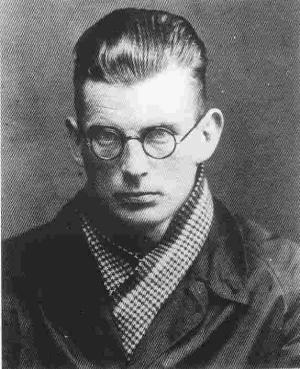 SAMUEL BECKETT: ‘Besides Blanchot‘s essays on Beckett‘s post-World War II trilogy and the novel How It Is, and his tribute to Beckett after Beckett‘s death, no other criticisms apparently exist by either man that refer to the other‘s work; nor did the two writers communicate through letters. Nonetheless, a writerly correspondence does surely exist between the two artists. Blanchot‘s advocacy of the writer‘s hemiplegic self-forgetting, -exile, -dispossession which drives a vagrant, aporetic writing conspires with Beckett‘s: a writing poised in stark contrast to the dialectical hypostasis of logocentrism, a writing of nonrelational passivity, without aim or result, a writing of bad conscience at the threshold of the il y a, akin to the condemned prisoner‘s —I have nothing to say.’ (from Curt Willits, The Blanchot/Beckett Correspondence)
SAMUEL BECKETT: ‘Besides Blanchot‘s essays on Beckett‘s post-World War II trilogy and the novel How It Is, and his tribute to Beckett after Beckett‘s death, no other criticisms apparently exist by either man that refer to the other‘s work; nor did the two writers communicate through letters. Nonetheless, a writerly correspondence does surely exist between the two artists. Blanchot‘s advocacy of the writer‘s hemiplegic self-forgetting, -exile, -dispossession which drives a vagrant, aporetic writing conspires with Beckett‘s: a writing poised in stark contrast to the dialectical hypostasis of logocentrism, a writing of nonrelational passivity, without aim or result, a writing of bad conscience at the threshold of the il y a, akin to the condemned prisoner‘s —I have nothing to say.’ (from Curt Willits, The Blanchot/Beckett Correspondence)
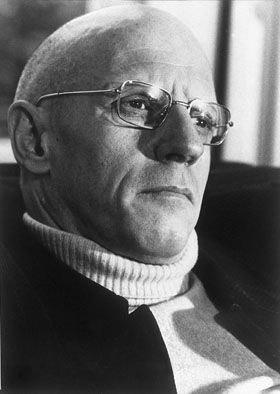 MICHEL FOUCAULT: ‘If the only site for language is indeed the solitary sovereignty of “I speak” then in principle nothing can limit it—not the one to whom it is addressed, not the truth of what it says, not the values or systems of representation it utilizes. In short, it is no longer discourse and the communication of meaning, but a spreading forth of language in its raw state, an unfolding of pure exteriority. And the subject that speaks is less the responsible agent of a discourse (what holds it, what uses it to assert and judge, what sometimes represents itself by means of a grammatical form designed to have that effect) than a non-existence in whose emptiness the unending outpouring of language uninterruptedly continues. (from ‘Maurice Blanchot: The Thought from the Outside”)
MICHEL FOUCAULT: ‘If the only site for language is indeed the solitary sovereignty of “I speak” then in principle nothing can limit it—not the one to whom it is addressed, not the truth of what it says, not the values or systems of representation it utilizes. In short, it is no longer discourse and the communication of meaning, but a spreading forth of language in its raw state, an unfolding of pure exteriority. And the subject that speaks is less the responsible agent of a discourse (what holds it, what uses it to assert and judge, what sometimes represents itself by means of a grammatical form designed to have that effect) than a non-existence in whose emptiness the unending outpouring of language uninterruptedly continues. (from ‘Maurice Blanchot: The Thought from the Outside”)
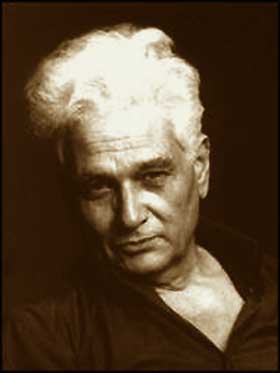 JACQUES DERRIDA: ‘Life can only be light from the moment that it stays dead-living while being freed, that is to say, released from itself. A life without life, an experience of lightness, an instance of “without,” a logic without logic of the “X without X,” or of the “not” or of the “except,” of the “being without being,” etc. In “A Primitive Scene,” we could read: “To live without living, like dying without death: writing returns us to these enigmatic propositions.”
JACQUES DERRIDA: ‘Life can only be light from the moment that it stays dead-living while being freed, that is to say, released from itself. A life without life, an experience of lightness, an instance of “without,” a logic without logic of the “X without X,” or of the “not” or of the “except,” of the “being without being,” etc. In “A Primitive Scene,” we could read: “To live without living, like dying without death: writing returns us to these enigmatic propositions.”
—-‘The proof that we have here, with this testimony and reference to an event, the logical and textual matrix of Blanchot’s entire corpus, so to speak, is that this lightness of “without,” the thinking of the “X without X” comes to sign, consign or countersign the experience of the neuter as ne uter, neither-nor by bringing it together. This experience draws to itself and endures, in its very passion, the thinking as well as the writing of Blanchot, between literature and the right to death. Neither…nor: in this way the witness translates the untranslatable demourance….The neuter is the experience or passion of a thinking that cannot stop at either opposite without also overcoming the opposition — neither this nor that, neither happiness nor unhappiness.’ (Demeure: Fiction and Testimony, 88-90).
____________
_____________
7. If I were you, I’d start here …
 Death Sentence (Station Hill Press; $12.95)
Death Sentence (Station Hill Press; $12.95)
This long awaited reprint of a book about which John Hollander wrote: “A masterful version of one of the most remarkable novels in any language since World War II,” is the story of the narrator’s relations with two women, one terminally ill, the other found motionless by him in a darkened room after a bomb explosion has separated them. “Though more than 40 years, the French writer Maurice Blanchot has produced an astonishing body of fiction and criticism,” writes Gilbert Sorrentino in the New York Review of Books,” and John Updike in The New Yorker: “Blanchot’s prose gives an impression, like Henry James, of carrying meanings so fragile they might crumble in transit.” Translated by Lydia Davis
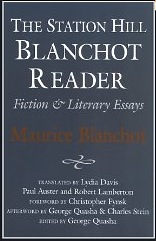 The Station Hill Blanchot Reader (Station Hill; $29.95)
The Station Hill Blanchot Reader (Station Hill; $29.95)
The Blanchot Reader brings together a substantial collection of critical and philosophical writings (The Gaze of Orpheus) and the only edition in print in English of his major works of fiction (Thomas the Obscure, Death Sentence, Vicious Circles, The Madness of the Day, When the Time Comes and the one who was standing apart from me). General readers and students alike will seek out these essential works by the writer Susan Sontag calls “an unimpeachably major voice in modern French literature.” Translated by Lydia Davis, Paul Auster, and Robert Lamberton
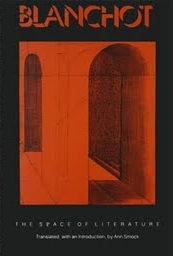 The Space of Literature (University of Nebraska Press; $23.95)
The Space of Literature (University of Nebraska Press; $23.95)
The Space of Literature, first published in France in 1955, is central to the development of Blanchot’s thought. In it he reflects on literature and the unique demand it makes upon our attention. Thus he explores the process of reading as well as the nature of artistic creativity, all the while considering the relation of the literary work to time, to history, and to death. This book consists not so much in the application of a critical method or the demonstration of a theory of literature as in a patiently deliberate meditation upon the literary experience, informed most notably by studies of Mallarmé, Kafka, Rilke, and Hölderlin. Blanchot’s discussions of those writers are among the finest in any language.
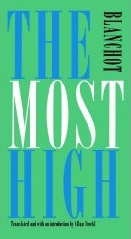 The Most High (University of Nebraska Press; $18.00)
The Most High (University of Nebraska Press; $18.00)
“The Most High‘s somewhat hallucinatory parables clearly have their precedent in Kafka. But if the novel bears a resemblance to The Trial, it portrays a trial whose stakes are reversed. . . . Blanchot’s work is of a cold absurdity. If Sorge [the book’s protagonist] has any ‘significance,’ it is that he is not even insignificant, not even the anti-hero of modernism, but rather an absolute nonhero—the only role possible in a posthistorical society.” —Review of Contemporary Literature.
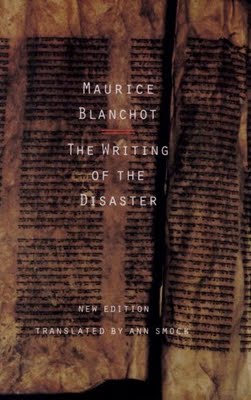 The Writing of the Disaster (University of Nebraska Press; $18.95)
The Writing of the Disaster (University of Nebraska Press; $18.95)
Modern history is haunted by the disasters of the century — world wars, concentration camps, Hiroshima, and the Holocaust—grief, anger, terror, and loss beyond words, but still close, still impending. How can we write or think about disaster when by its very nature it defies speech and compels silence, burns books and shatters meaning?
_____________
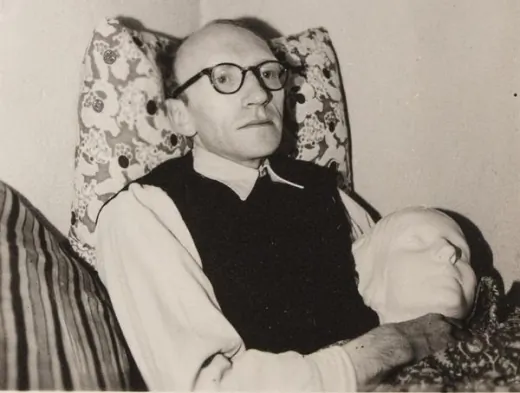
_____________
8. On writing
‘To write (of) oneself is to cease to be, in order to confide in a guest – the other, the reader – entrusting yourself to him who will henceforth have as an obligation, and indeed as a life, nothing but your inexistence.’
‘Reading is anguish, and this is because any text, however important, or amusing, or interesting it maybe .. is empty – at bottom it doesn’t exist; you have to cross an abyss, and if you do not jump, you do not comprehend.’
‘Art requires that he who practices it should be immolated to art, should become other, not another, not transformed from the human being he was into an artist with artistic duties, satisfactions and interests, but into nobody, the empty, animated space where art’s summons is heard.’
‘Whoever wants to be absent from words at every instant or to be present only to those that he reinvents is endlessly occupied with them so that, of all authors, those who most eagerly seek to avoid the reproach of verbalism [i.e. using cliché] are also exactly the ones that are most exposed to this reproach. It is the same for those who through the marvels of asceticism have had the illusion of distancing themselves from all literature. For having wanted to rid themselves of conventions and of forms, in order to touch directly the secret world and the profound metaphysics that they meant to reveal, they finally contented themselves with using this world, this secret, this metaphysics as they would conventions and forms that they complacently exhibited and that constituted at once the visible framework and the foundation of their works. […] In other words, for this kind of writer metaphysics, religion, and emotions take the place of technique and language. They are a system of expression, a literary genre – in a word, literature.’
____________
____________
9. Misc
 Nowhere Without No: A Tribute to Maurice Blanchot
Nowhere Without No: A Tribute to Maurice Blanchot
A brief, excellent book of works written in memory of MB. Includes the speech Derrida gave at Blanchot’s cremation, pieces by Blanchot’s two major English translators Lydia Davis and Charlotte Mandell, poet Jacques Dupin, and others. Read about it here.
‘The merit of Nowhere Without No is that, unlike so much Blanchot-related material, it doesn’t strain to say too much. Such is the silence brought by death perhaps. The latter also means the distance between the author and his work is foregrounded, if only in the reader’s mind.’ — Spike Magazine
*
*

Noli Me Legere … To Maurice Blanchot (SIRR CD 018)
A compilation of sound art/music inspired by Blanchot’s work, featuring Brandon LaBelle, Toshisa Tsunoda, Paolo Raposo, Julien Ottavi, o.a. Read about the album and/or order it here.
*
*
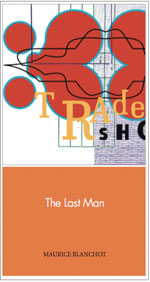 Download a free pdf of Maurice Blanchot’s ‘The Last Man’ @ Ubuweb
Download a free pdf of Maurice Blanchot’s ‘The Last Man’ @ Ubuweb
‘A dense, dream-like exploration of the extreme limits of this mystery, written some ten years prior to the Death of the Author, (though unpublished in English until thirty years later) Maurice Blanchot’s The Last Man (Le Dernier Homme, 1957) could be considered a narrative follow-up to The Space of Literature (L’Espace littéraire, 1955) or a fictional companion to the critical essays composing The Book to Come (Le Livre à venir, 1959). One can imagine an infinite conversation between these works: drifting wearily across abyssal alterities—the echo, in advance, of what has not been said and will never be said. But this sumptuous récit alone demands the reader’s full attention—marvelously, Blanchot writes what cannot be written without losing it as un-writable by writing it (Hans-Yost Frey, YFS, 1998). Narrating at the threshold of this impossible writing, The Last Man weaves a blurring of several prosopopetic characters towards a radical revision of the subject and the text. The prose itself never crystallizes into an unambiguous statement—Blanchot’s trangressive philosophy peculiar in the tantalizingly pleasurable suspension of the never-fulfilled promise of understanding.’ — Ubuweb
*
Pure War/The Madness of the Day. Theatre piece created and performed by The Alchemical Theatre in NYC, 1985 in their squatted theatre space on 13th St in the East Village. Pure War was based on the writings of Paul Virilio and Maurice Blanchot. It was a collective creation directed by Carlo Altomare who also wrote the music.
*

Maurice Blanchot’s astrological chart
______________
______________
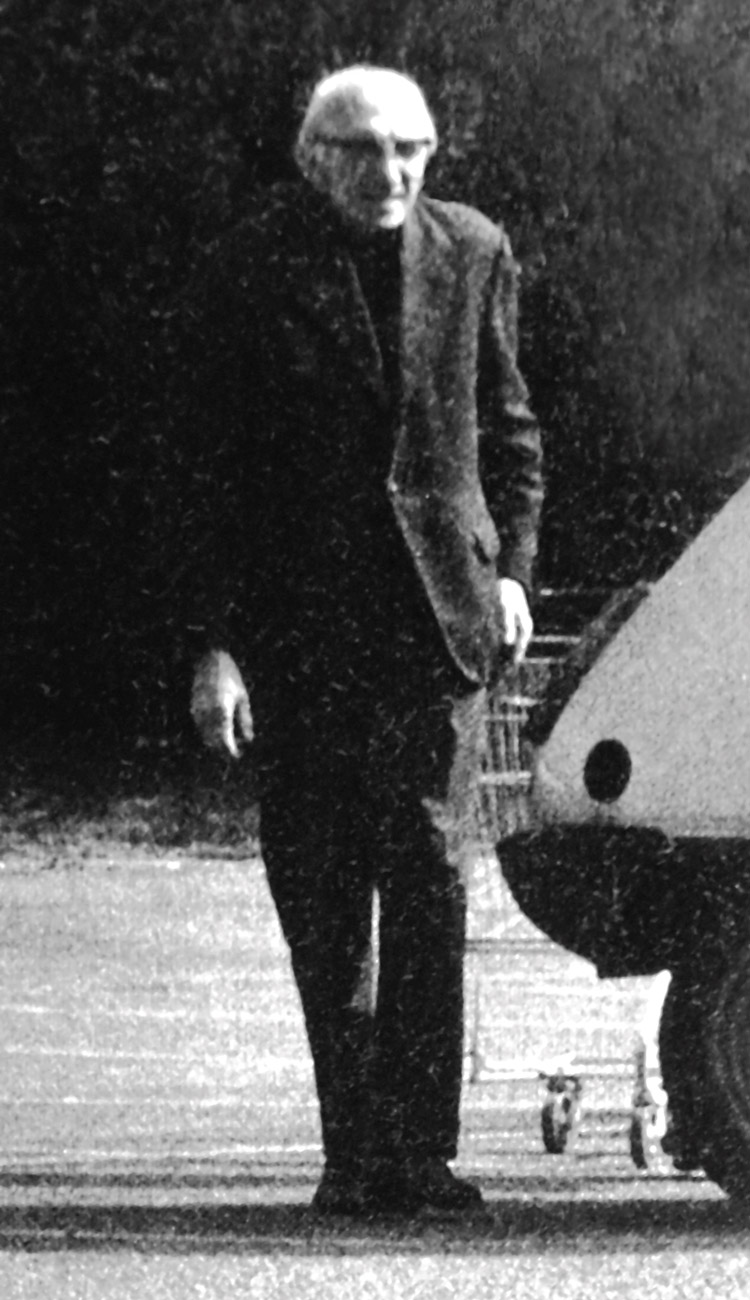
‘When I kill myself, maybe it is ‘I’ that actually commits the killing but it is not ‘I’ that dies and it is not ‘my death’ either – the death I provoked – that I experience, but the death I rejected, neglected, and that is this negligence itself, a perpetual escape and unaccomplishment.’ (L’Espace litteraire)
—-
*
p.s. Hey. ** _Black_Acrylic, It’s so true, isn’t it? Yes, ‘Inside’, the ultimate scissors-employing film. Nick’s too hard on himself, which is admirable. Anyway, hero, yes! ** Dominik, Hi!!! Pop Tarts are good with a little scoop of ice cream nearby. My weekend was good, saw a visiting friend, saw a mostly very good film, and so on. Glad your weekend with your friend was dreamy sounding. The pound coin really reveals its superiority when it’s in your palm. The weight, the size, how you want to pop in your mouth and chew it but know you shouldn’t … I don’t know, something very satisfying going on there. There must be hundreds of bands called Gore, no? And they must all be at least kind of a little bit good. Love telling his head ‘Do not develop into the head cold that I strongly suspect you are slowly springing on me’, G. ** Poecilia, I’m so real it’s positively banal, so do say hi. Okay, I’ll let your fiction live in my imagination. But do know that I wrote a series of stories based on Hans Christian Anderson fairytales where all the characters were employees of Scandinavian theme parks for a project that has never been finished. So I do have sympathy. ** Carsten, No sooner had I read your comment than my news feeds filled with stories of that black out. I’m actually okay with 12 hour flights if I slap on a nicotine patch of the highest strength, which I think is 21 mg or whatever, plus chew gum plus zone out with in-flight movies and eat frequently. It’s not a perfect solution, but I always make it. No, I’ve avoided Luca Guadagnino’s ‘Queer’. I actually don’t like his films, but I haven’t seen the two you mentioned. My friend Ira who was Burroughs’ agent for a long time said it’s like an advertisement for perfume. So I don’t know. If you like it, let me know and I might reconsider my boycott. ** James Bennett, That was my suspicion: Spanish meatiness. ‘City of Quartz’ is pretty great in my memory. Oh, you should go to LA when you can. Totally singular place. Nothing like it. Just make sure you either get very good, knowledgeable advice about how to negotiate the place or know someone there who can steward you around. It’s a mess, but a wonderful mess. Yes, let’s hang when you come here. I should be around, I think, unless I’m briefly away at a film festival or something. Cool. Tot siens! ** Steeqhen, My guess is it would shatter, or your teeth would? You can send your diss. whenever you like, but, yeah, you might as well wait until you’re finished because, given my slowness, I won’t get to read it straight off in any case. Thank you ever so much about my work. I’m very honored to have you as my reader, truth. ** Daniel, Hi, Daniel! Yes, I will be here. Let’s meet up. Just let me know when you’re free and when’s good. Very cool. ** Diesel Clementine, Hey there. Welcome back to both of us. The film goes well, just working to give it a good future life. No word on a London screening yet, but there will be one somewhere at some point. Congrats on the job. I personally think being an amateur artist/mopper/human is a goal in life. I’ve heard of that ‘Solemates’ book and maybe even about that event. If you want do a presentation here at anytime, I would only be very thrilled. Awesome about your pamphlet! As I’m not in Glasgow I’ll go feast my eyes link-wise. Everyone, Here’s Diesel Clementine with a hot tip: ‘I released BLU-V, the little short story pamphlet with the Blue Raspberry Flavoured Rent Boy. If anyone’s in Glasgow, jump in to Category Is to grab a copy for 2.50. I thought the blog would enjoy it, so I scanned it and uploaded it to Internet Archive for yous to have a wee vada- here. Hit that post-haste. Thank you, D. ** jay, Hi, j-man or j-person, whichever feels good. Wow, after 3 pm today you’ll be the future’s bitch. Yay. I hope whoever or whatever is receiving your submission is suitably submissive. Big congrats! Me, I’m good. I think Zac and I just squared away a theater release for ‘Room Temperature’ in France for later this year, which would/will be a huge thing for us. So, yeah, I’m good. And you? How does it feel? ** Tyler Ookami, I have Firefox as my backup browser when Safari goes weird, and it is one shitty, primitive browser, I must say. Gotcha, restaurant/take away place. I don’t know ‘krautburgers’, and, from your description, I’m not even going to google it frankly. I too haven’t watched ‘Tokyo Gore Police’ in a long time. I did do a Yoshihiro Nishimura Day on the blog about five years ago. ** PL, Hi, PL. I’m good, and you? ‘In the Dark’, cool, I’ll do a YouTube search, thanks. Tarot cards, yeah, that makes sense vis-à-vis your talent in my mind’s eye. Nice. Brazilian films … hm, I don’t know. Maybe not so many. I mean, you know, ‘Pixote’, duh. I’ve seen a film or two by Flavia Furtado that I liked. And some Walter Salles films. I’ll have to check, I might be spacing out. Recommendations? That drawing is wonderful. How is it a flop? You’re too hard on yourself, pal. Everyone, a lovely drawing by PL based on an escorts pic is here. ** HaRpEr, A bunch of locals are in the midst of heavy deadlines. I guess it’s that time of year. Glad you met yours. Your read on the Labour government makes depressing sense and is obviously excessively familiar to American me. Thank you for putting my stuff in a bracket with Blake’s. You managed to see ‘A Coupla White Faggots Sitting Around Talking’, very cool. Taylor Mead was godlike. Still is, I guess. He wrote a really wonderful book in the late 60s called ‘Taylor Mead on Amphetamine and in Europe’ if you ever get the chance to read it. ** Steve, It’s rough: the bull torturing. Avoid in that case. Interestingly directed film though. Most of it. The Fakir Musafar documentary was co-produced by one of ‘Room Temperature’s’ co-producers, Luka Fisher. Everyone, Go read Steve’s thoughts on the queer film contingent at the great and recently concluded Prismatic Ground Film Festival here. Hugs and good luck with that heavy phone call. ** Nicholas., Yum is a good reaction. Well, I did completely forget about the sigil for, like, 15 years until I accidentally found a note that re-filled me in, so it had a long time to work. Get some sleep or a nap or whatever is appropriate. ** catachrestic, Thanks, pal. I don’t think I know Claude Shannon, but, if that’s the case, I will find him and deposit him in my bank to some degree. Tastefulness is something that one needs to grasp and then fiddle with somewhat aggressively yet with intricacy, I guess I would say? ** Okay. I decided to do a kind of solo, general post about my very favorite writer Mr. Maurice Blanchot. Do with it what you will. See you tomorrow.

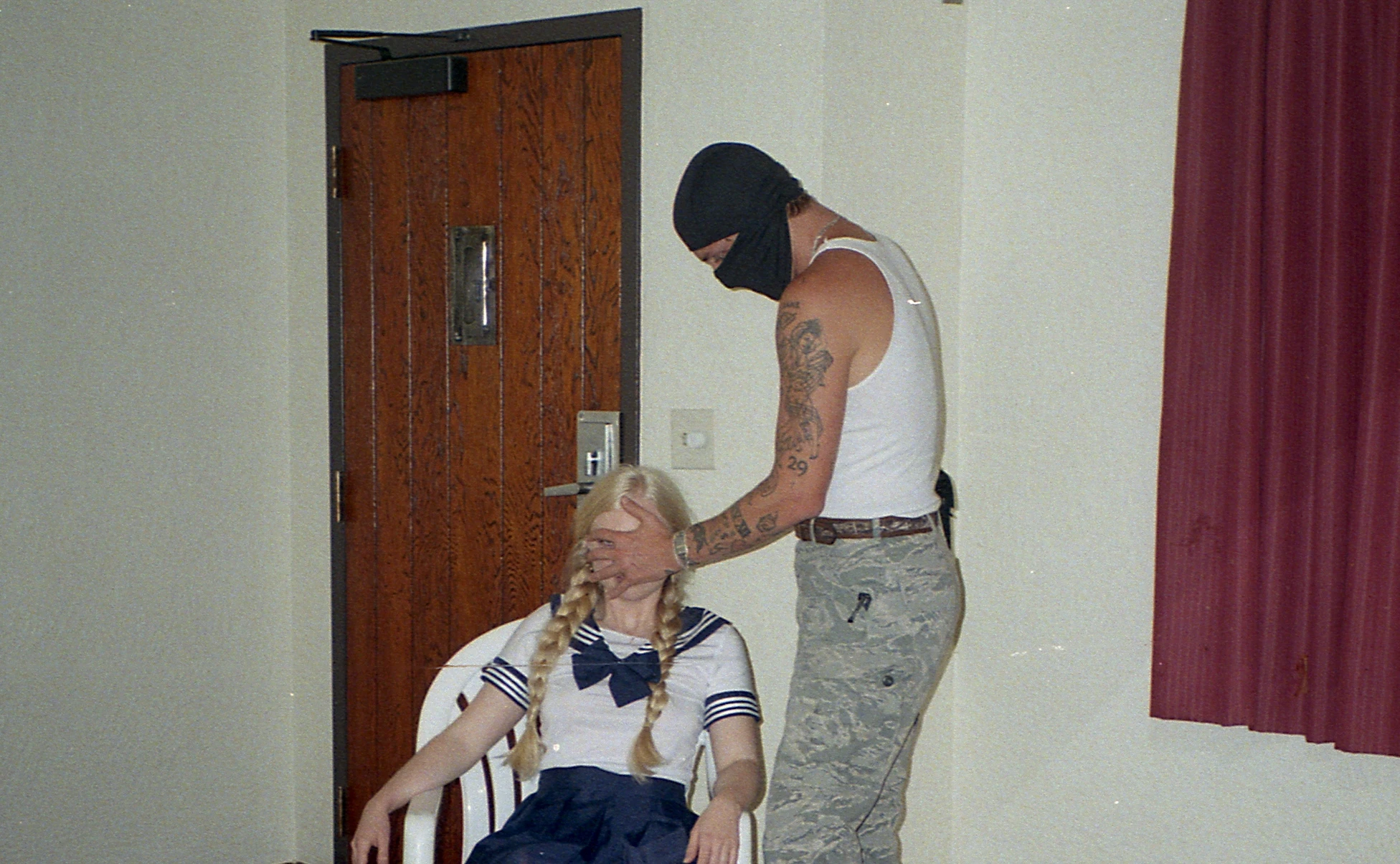
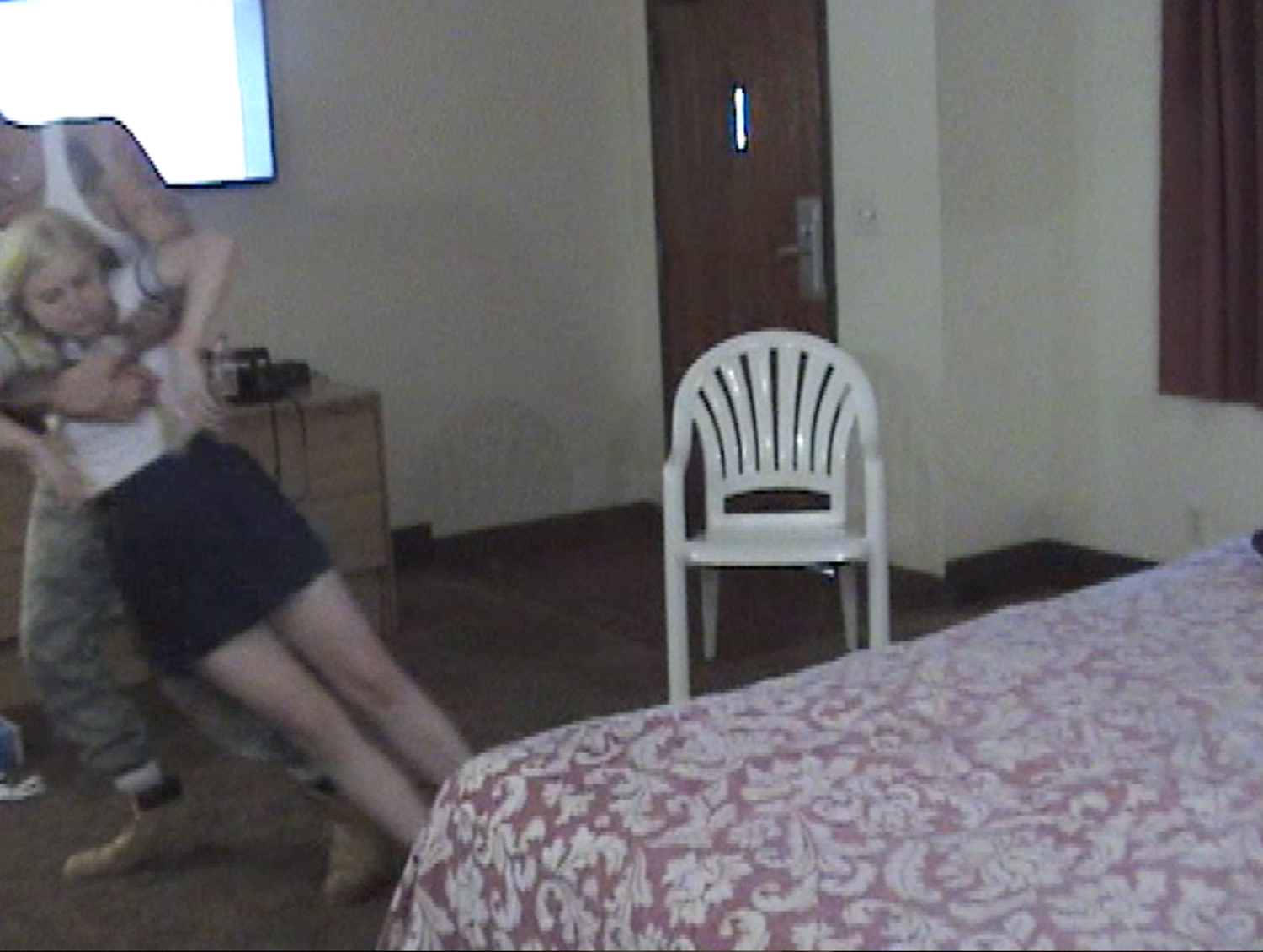


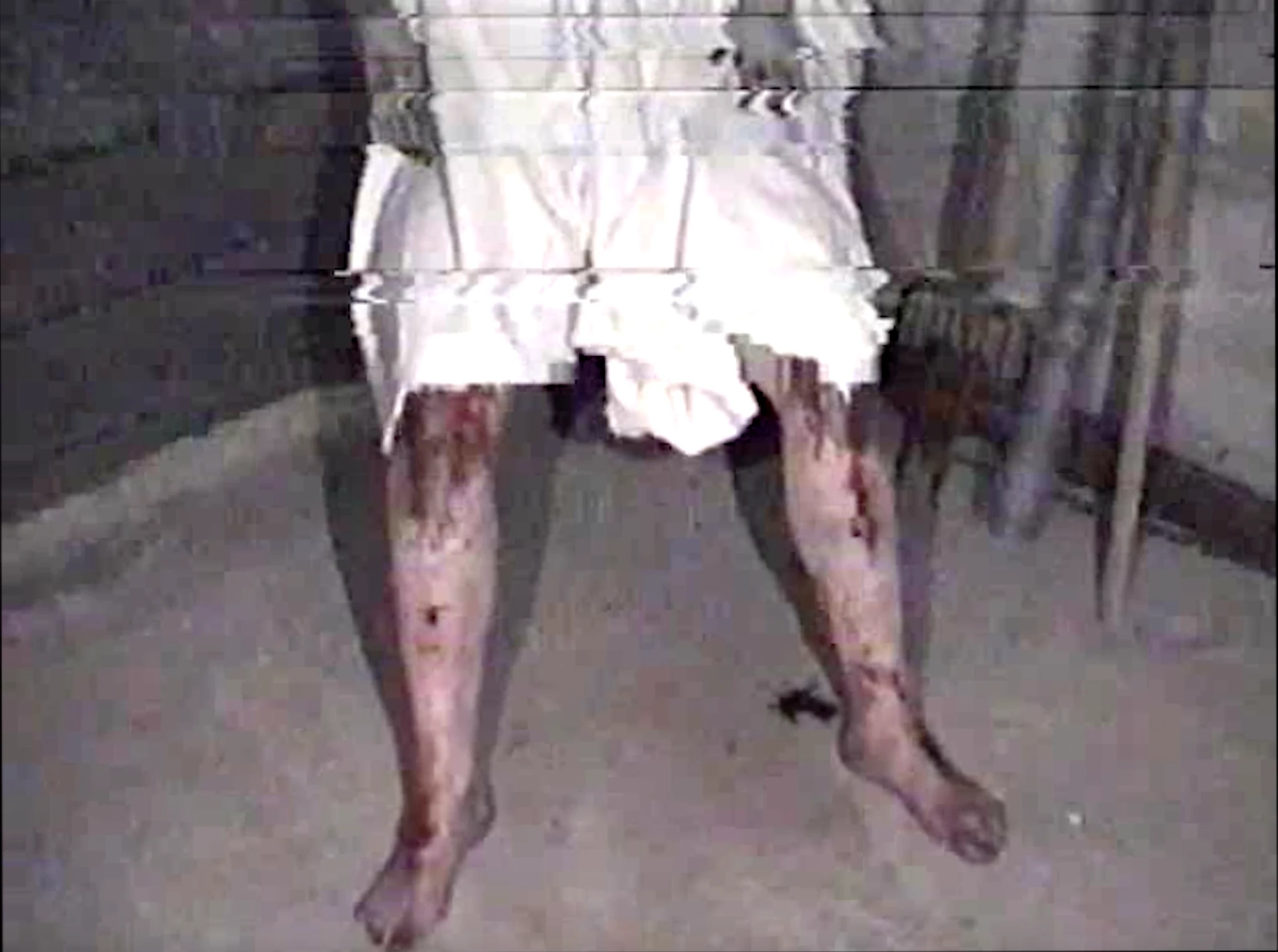





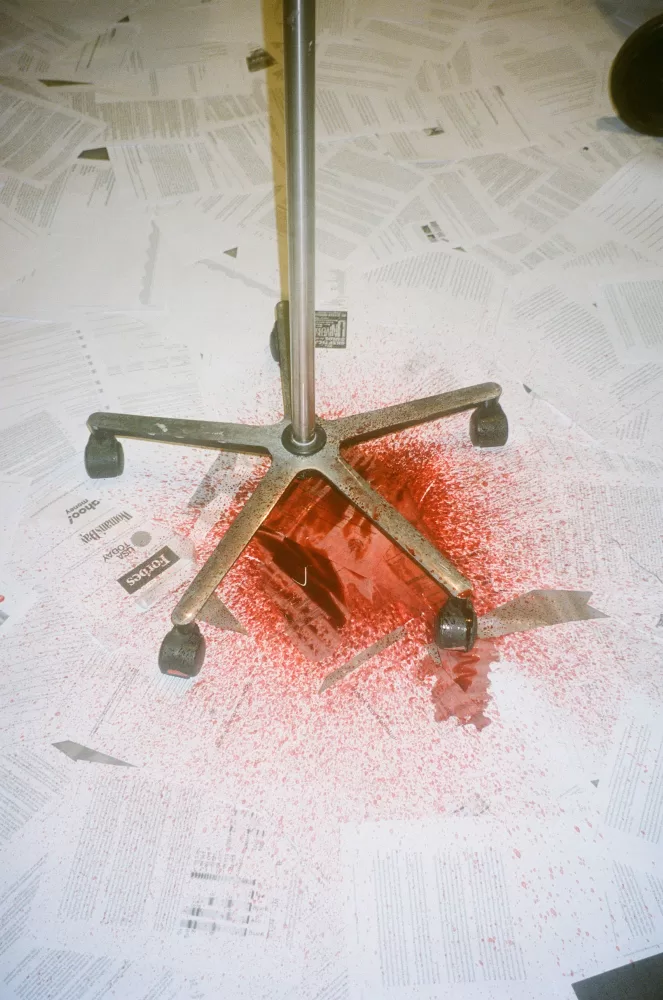



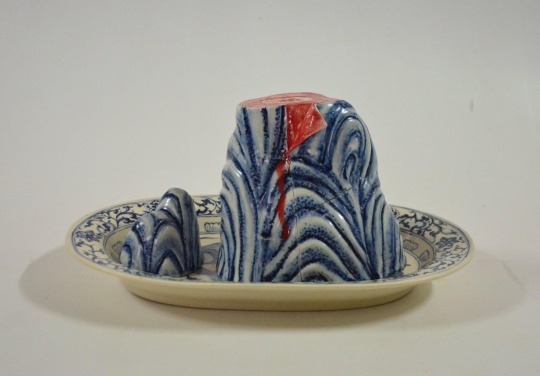
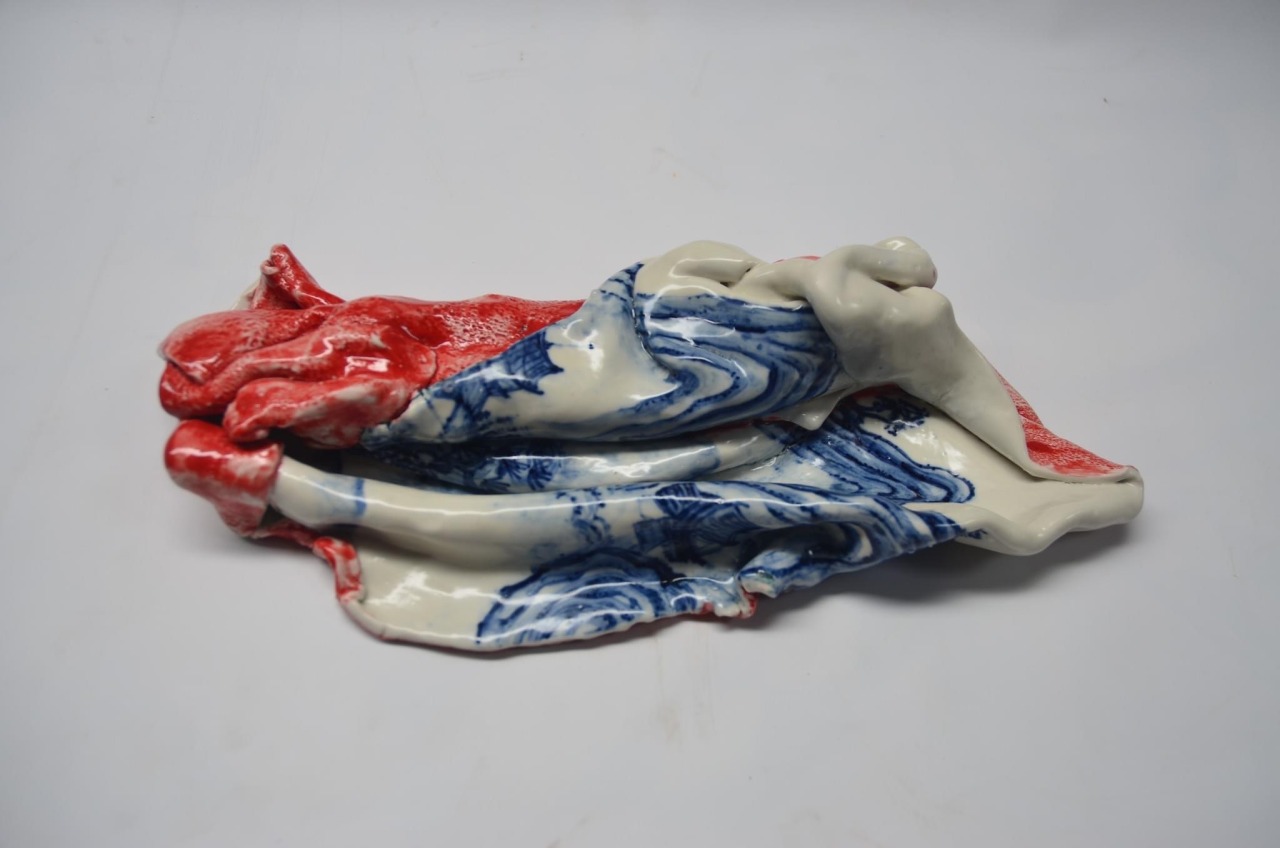

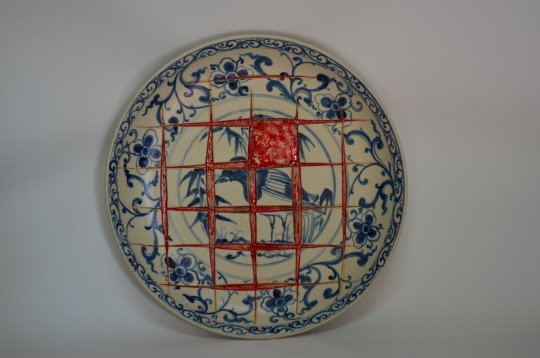




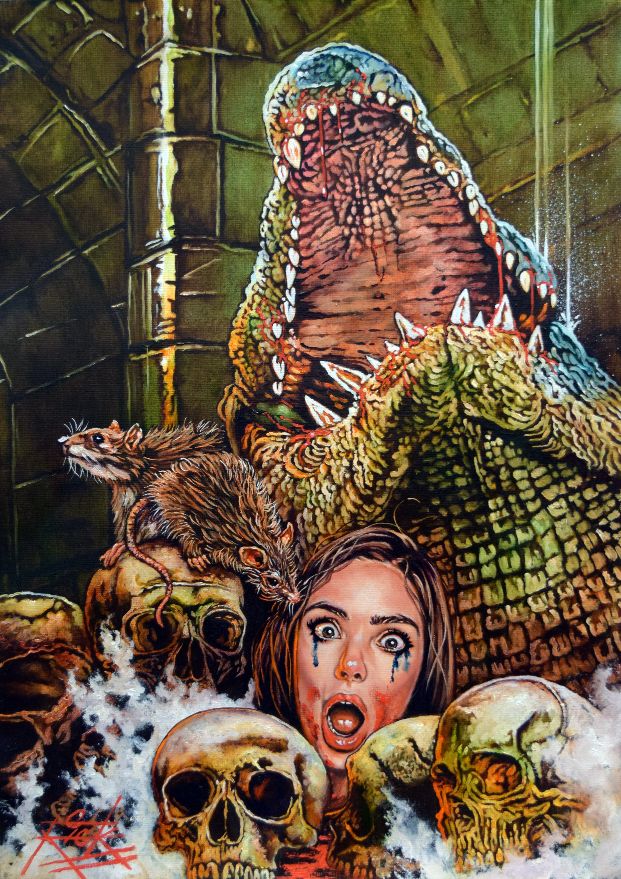
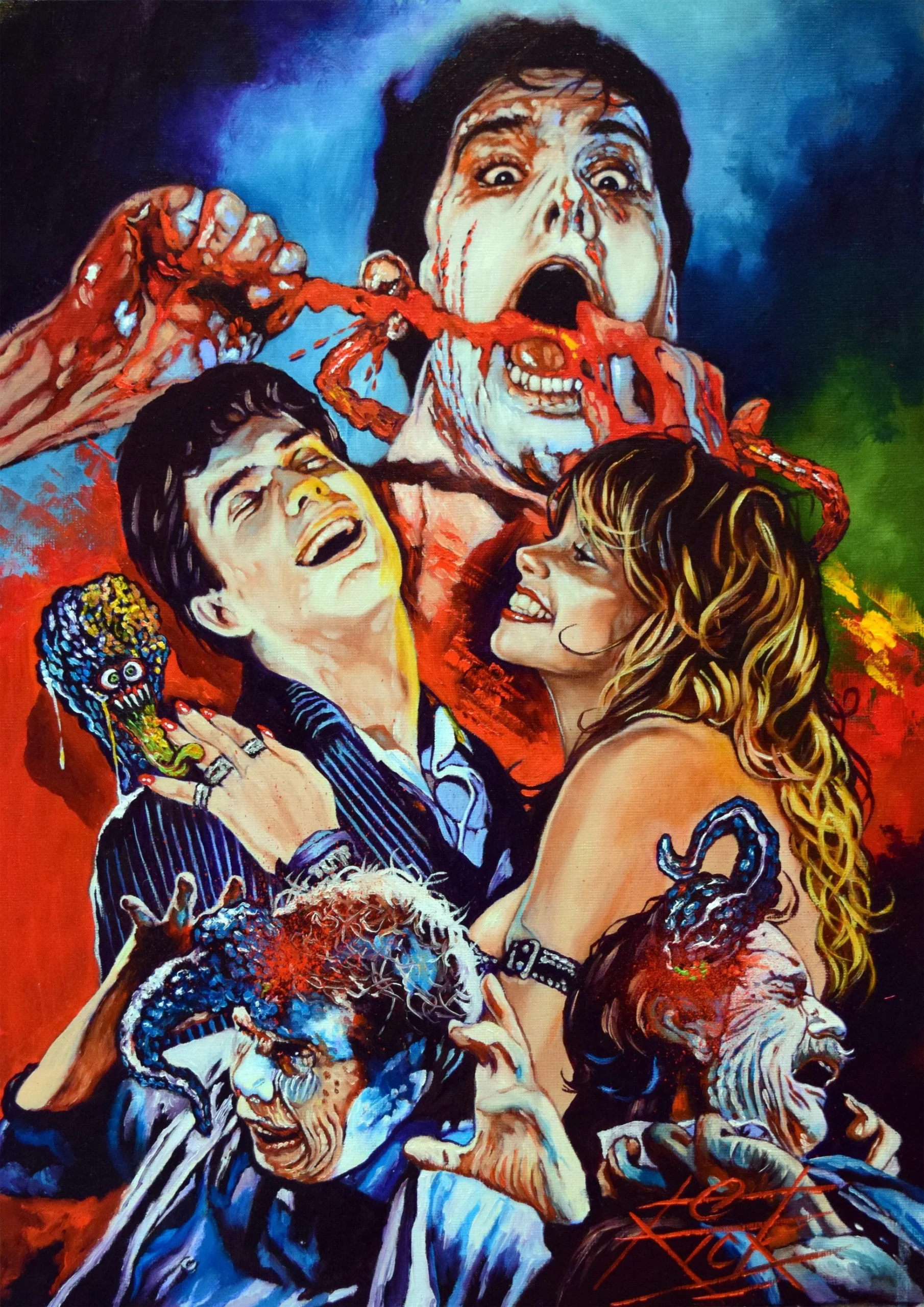


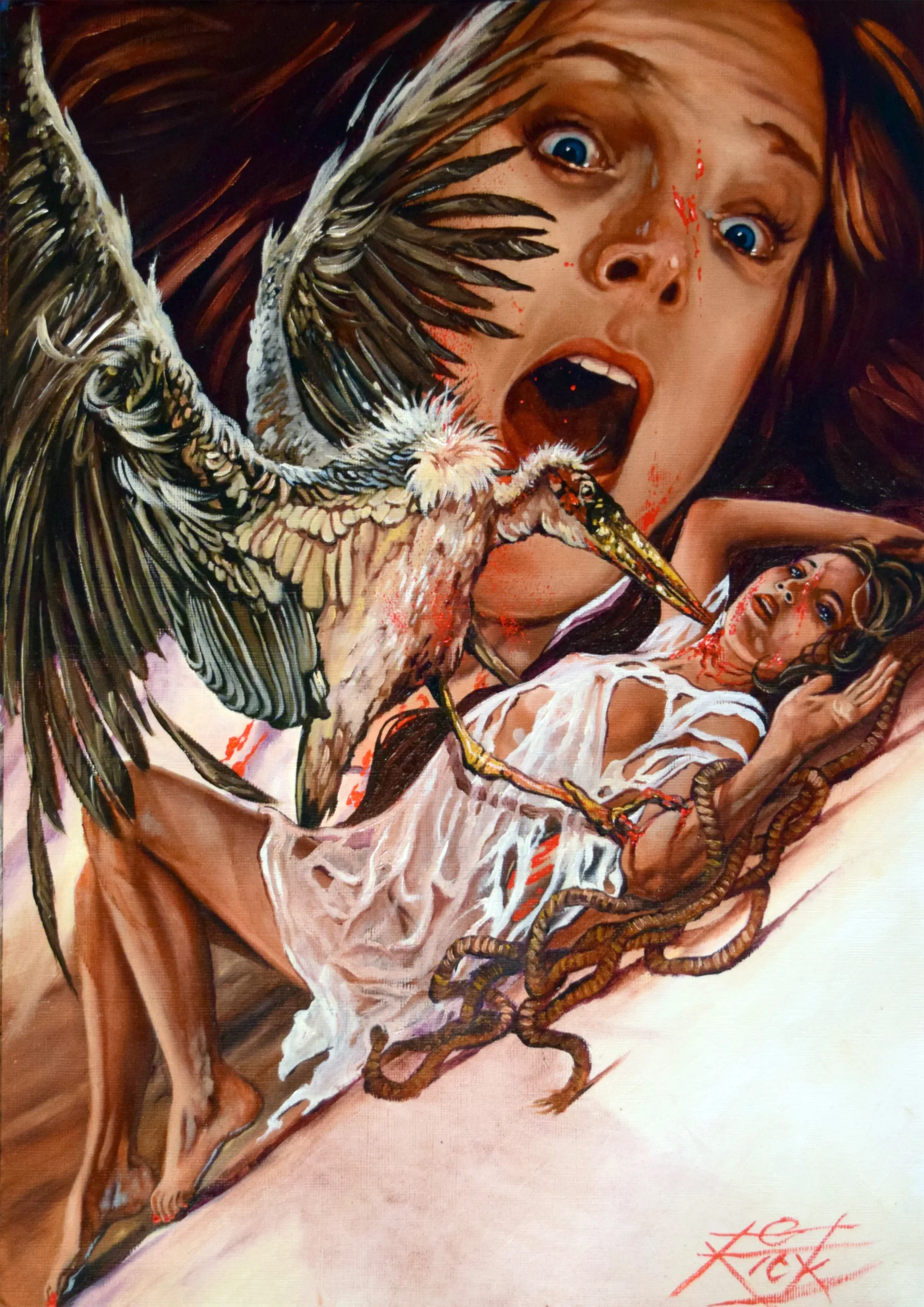


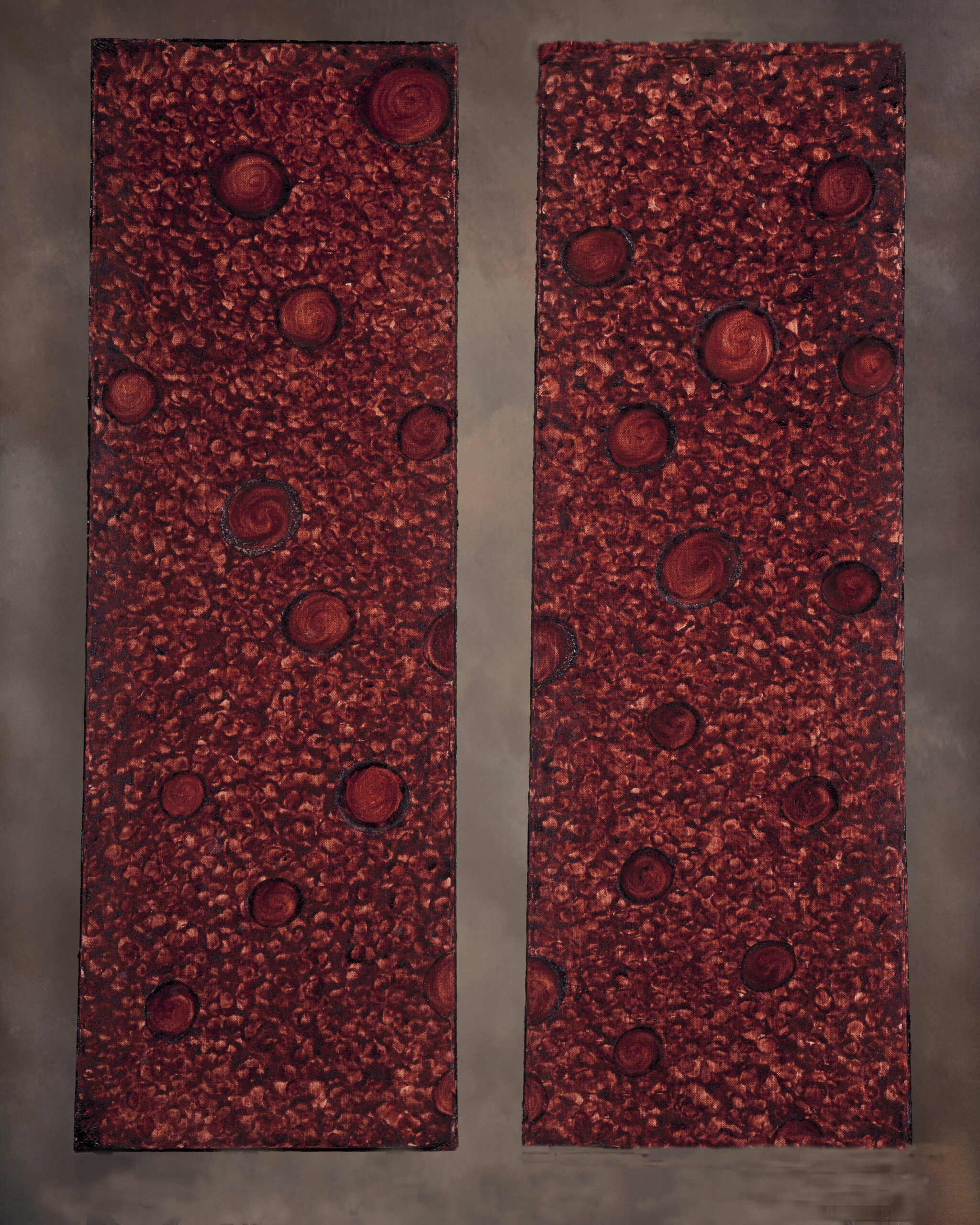







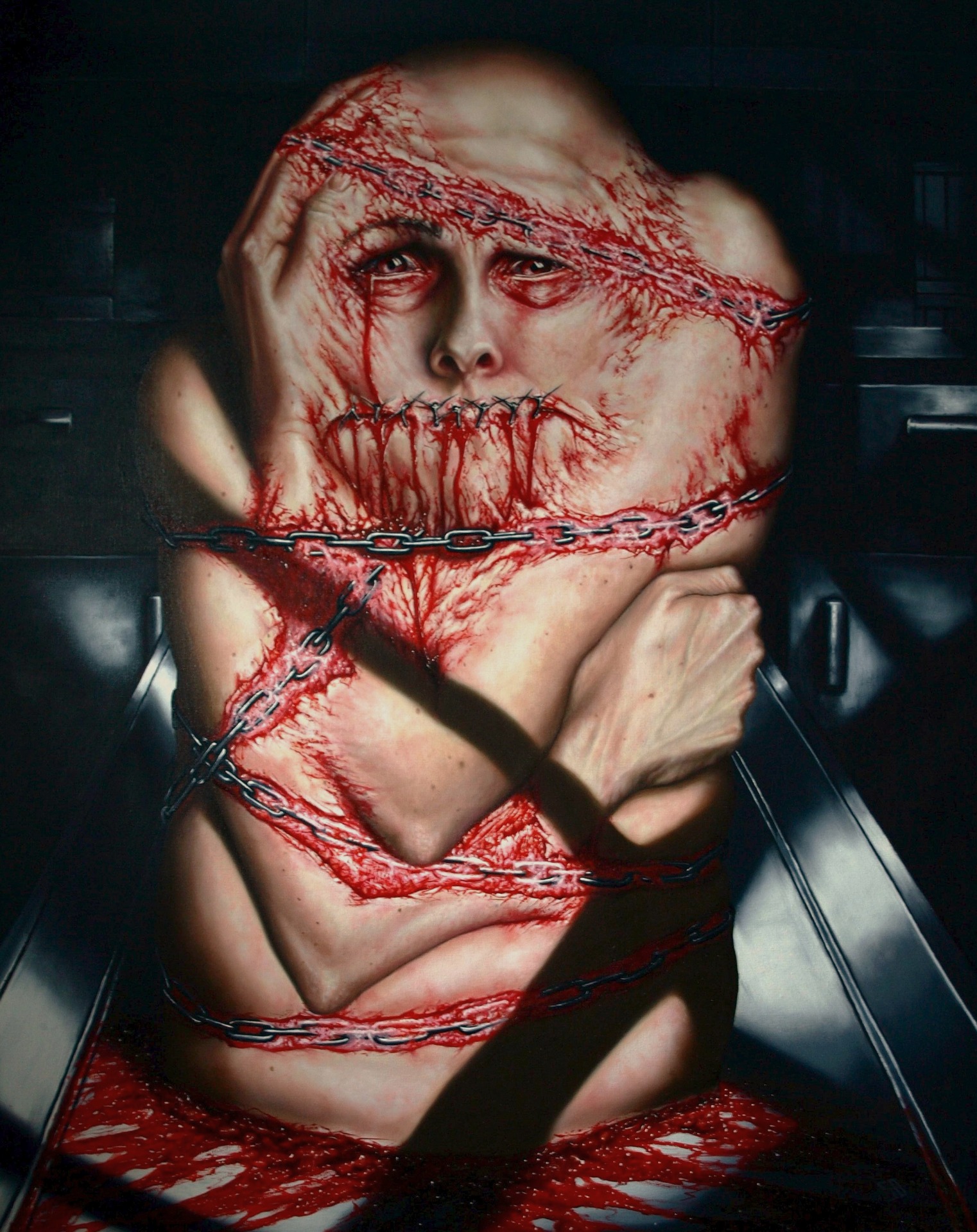

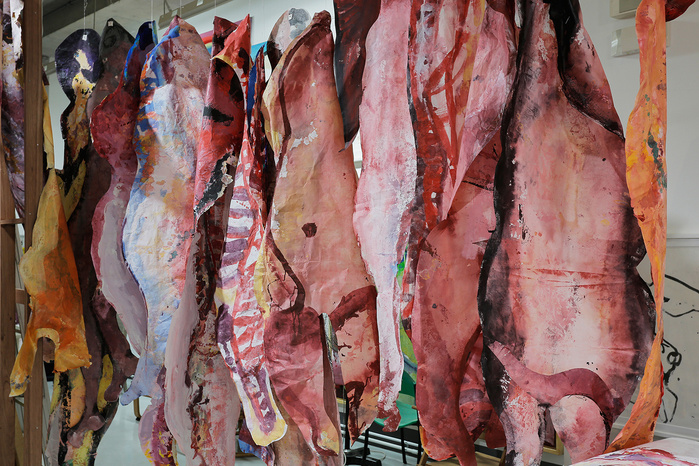


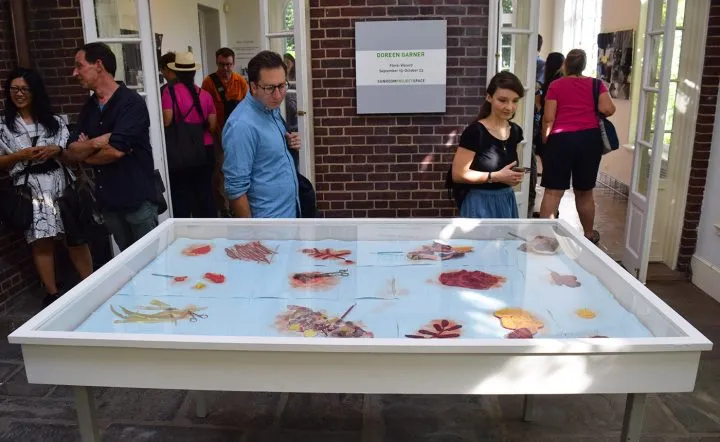















 Now available in North America
Now available in North America 